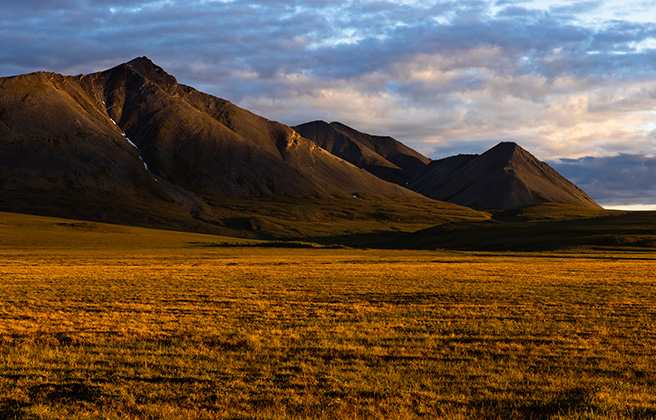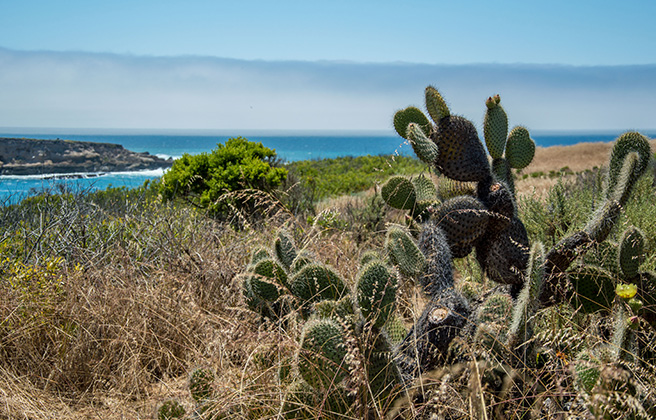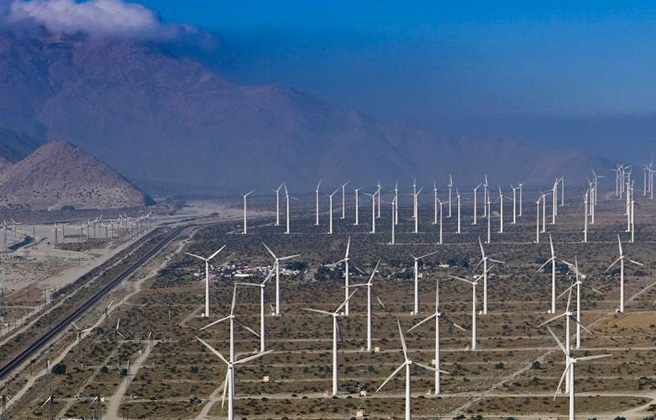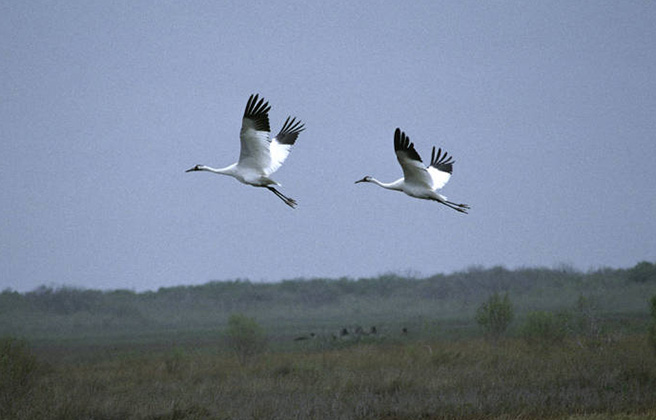Earth Week: Special Edition of Good Climate News this Week!
Apr 26, 2024
 Credit:
Klaus Nigge
Credit:
Klaus Nigge
Every Monday, we round up five of the best good climate news stories we’re celebrating. This week we cover new protections for the Western Arctic and public lands, increased prices for oil and gas drilling leases, clean energy permitting successes, and the expansion of four national wildlife refuges.

The Department of the Interior announced new protections against oil and gas development for 13 million acres in the Western Arctic. The department also blocked the proposed 211-mile Ambler Road project championed by mining interests to cut through wilderness areas and allow access to mineral deposits.
The move by the administration protects 60 Alaskan-Native communities from the threat that drilling and mining would have on crucial subsistence resources like caribou and fish. The protections also further cement the Biden administration’s conservation legacy.
Source: Politico, Department of the Interior

The Department of the Interior released its final Public Lands Rule to protect and restore our public lands and manage their responsible development.
The final rule was informed by decades of land management experience and over 200,000 public comments from individuals, green groups, industry groups, and Tribal, local, and state governments.. The rule directs the Bureau of Land Management to manage lands for landscape health, creates a mechanism to restore and protect lands with restoration and mitigation leases, and clarifies the designation and management of Areas of Critical Environmental Concern (ACECs).
The rule also supports President Biden’s America the Beautiful initiative which seeks to protect, conserve, and restore at least 30% of the country’s public lands and waters by 2030.
Source: Department of the Interior

The Department of the Interior (DOI) has announced a final rule to update the Bureau of Land Management’s (BLM) regulations for oil and gas leasing. The changes will help ensure the fossil fuel industry is held accountable for the impacts of extracting oil and gas from public lands by increasing royalty rates and raising the minimum cost for oil and gas leases from $2/acre to $10/acre.
The new rule also encourages the BLM to target oil and gas leasing away from areas that would have the heaviest impact on wildlife habitat, cultural sites, or land that is used heavily for recreation or has “other special resources and values,” according to a DOI press release.
Source: Department of the Interior

The Department of the Interior (DOI) has officially surpassed their goal of permitting 25 gigawatts of clean energy projects by 2025.
The DOI announced that it has issued permits for 29 gigawatts of solar, wind, and geothermal projects on public lands, or enough to power 12 million homes. That is more than double the number of clean energy projects approved during the Trump administration. The permitting of these new projects is a crucial step toward achieving President Biden’s climate and clean energy goals.
Source: Politico Pro

The Department of the Interior announced it has greenlit four national wildlife refuge expansions to protect a potential total of 1.13 million acres through the voluntary sale or easement of private land in North Carolina, Texas, and New Mexico.
Individual refuge boundary expansion plans were collaboratively developed by landowners, Tribal leaders, state wildlife agencies and others to set effective priorities for future land acquisitions. New protections will be beneficial for recreation and conservation of wildlife habitats for species like the endangered whooping crane.
Source: Politico, Department of the Interior
Check out the Power Source Blog and follow us on Instagram or Twitter for more Good Climate News every Monday.